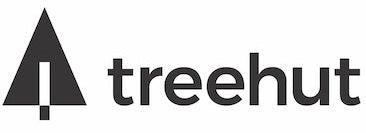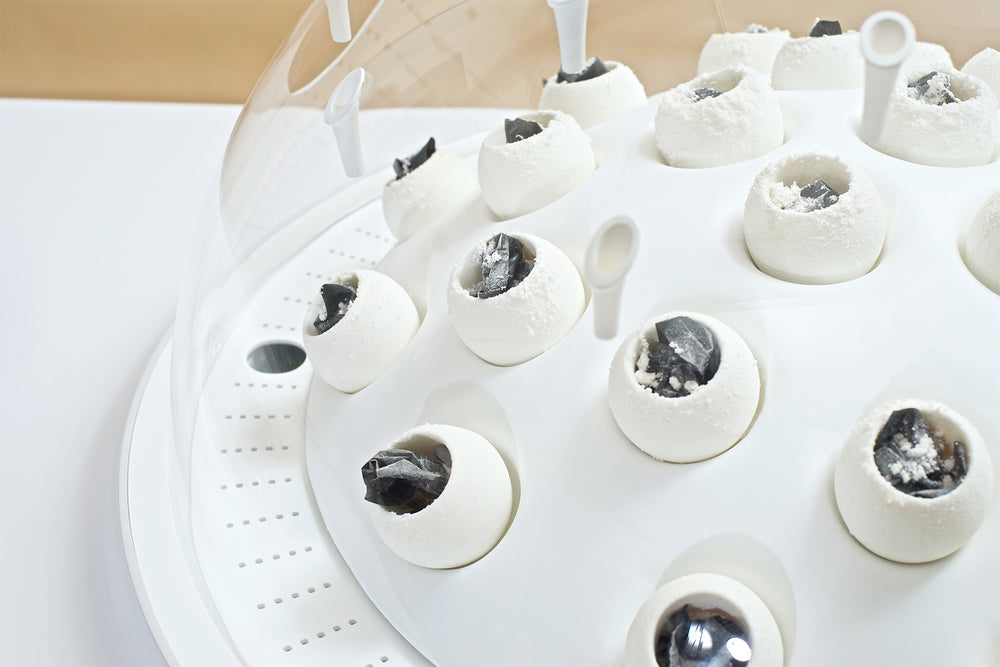
Americans dump 251 million tons of trash annually into landfills. Bike seat ripped? Toss it. Hole in the old garden hose? Get rid of it. Spandex not tucking in your tummy? Loose it and replace it. This linear process of extracting a resource, processing it, selling it than discarding it is creating a mound of trash dangerously equivocal to the ball of trash in Futurama episode 8 season 1.
Why Plastic Sucks
Bike seats, garden hoses and spandex are all comprised of polyurethane, the most common and environmentally destructive plastic. The Newsweek article, Plastic-Eating Fungi That Could Solve Our Garbage Problem, notes that the only way to get rid of polyurethane is incarceration, which releases harmful gases into our ecosystem. If plastic is left abandoned in the landfill or ocean, Ultraviolet light from the sun or waves break down the material into harmful microplastic particles. In the ocean, this broken down plastic first poisons the marine life then the people who consumed it. The process of breaking down such materials in landfills emits methane, a green house gas 23 times more potent than CO2, according to the the Modern Farm article, Plastic-Eating Mushrooms Could Save the World. Additionally, per the Newsweek article, David Schwatzman, Proffessor of Biology at Howard University remarks, " Landfills are sources of serious problems. They're leaking methane as well as other pollutants that get into the groundwater."
Every year, between 5 and 13 million more tons of plastics wind up in the world's oceans as stated by a 2015 country-by-country analysis of plastic trash in the sea published by Science and noted by International Business Times.
Plastic is killing more than 100,000 sea turtles and birds a year from ingesting broken down plastic and from plastic entanglement according to Gianna Andrews article Plastics in the Ocean Affecting Human Health. The article also calls to attention, the three plastic islands floating in our oceans.
Per Andrews, the Great Pacific Garbage Patch, also known as the Pacific Trash Vortex, is found in the North Pacific Ocean and is larger than the state of Texas. Large patches have also been found in the Indian and Atlantic ocean. As of December 2015, 5 patches have been discovered.
UN Environment Programme Executive Director Achim Steiner relayed that the average person produces half a pound of plastic waste every day. When we consider how large the world's population is, we can begin to see how such a large mass came to be.
Combine this with the fact that polyurethane's use has been steadily increasing since its development in the 1930s and we're left to wonder how big the garbage Texas will grow before we find a solution?
Can anything save us?
To beat the man-made destructive plastic we need something completely its opposite- a natural cure prescribed by mother earth. We need something that could eat up this nasty polyurethane without emitting harmful gases into the ecosystem. It might seem like something out of science fiction, or out of the mouth of one of the notorious climate change deniers, but this plant is in fact real.
Yale Professor Scott Strobel and his team of students discovered in 2012 pestalotiopis microspora harbored deep in the amazon. According to Newsweek, the fungus can survive on a diet of only polyurethane even in an anaerobic environment. This means there is potential for this plant to survive in oxygen free landfills surviving completely off of discarded, not biodegradable plastic.
In 2015, Utrecht University in association with Julia Kaisinger and Unger, the creator of the kitchen appliance that incubated fly eggs into larva for the purpose of human consumption, created the Fungi Mutarium. The contraption is designed to turn plastic first into mushroom food and subsequently into people food. Comprised of egg-shaped pods made with a seaweed-based gelatin substitute, UV treated plastics are inserted into each pod called "FUs". After a few months, the mushrooms eat up all of the starch, sugar, and plastic leaving behind a puffy edible substance.
What's the Catch?
Professor Strobel does not believe there's enough in his Yale study to warrant media coverage commented Newsweek. Reflecting on the same study, Joel Cohen, head of the Laboratory of Populations at Columbia, highlighted a problematic ability of the mushroom to potentially adopt other species' genes and infect other species with its own genes. Thus there is an undefined risk that the process of degradation would run rampant and uncontrolled.
Schwartzman also cautions that this discovery does not mean an easy fix. For example he imagines a scenario where we say, "Let's get rid of the marine plastics by spraying these fungi [into the ocean]." For Schwartzman, this isn't a viable solution. To clear the oceans of polluting plastic and microplastic, he offers an alternative plan of collecting the debris from the ocean and then treating it.
What can we do?
Switching to biodegrable plastics is an option, though it is not sustainable in our current system. Ramani Narayan, professor of chemical and biochemical engineering at Michigan State University, points out that biodegradable plastics are mostly disingenuous (excluding products with the Biodegradable Products Institute logo). In an oxygen free environment, usually nothing breaks down. However if it does the process releases methane into our ecosystem. Biodegradable plastic must be treated properly to break down, meaning they most be commercially composted. However, only 42 communities nationwide offered compost collections, 17 were in California in 2007 according to the Mother Jones article, Do Biodegradable Plastics Really Word?
While we wait for science to fix our waste problem, the problem will only enlarge if we continue on this path. Just like the Futurama episode, we will push our problems to the future where we might not be able to solve them. 251 million tons of trash are discarded into American landfills annually. Every day, the average person produces half a pond of garbage. Maybe the pestalotiopis microspora mushroom will one day be our magic fix. That day isn't today and it isn't tomorrow. We can't depend on science as our savior, we must take things into our own hands and turn this linear system of waste into a cycle of reuse. Save the marine life, the birds, the turtles and in the process ourselves.

Save this article to Pinterest by pinning any of the photos. Follow us on Instagram and turn on your Facebook notifications so you stay up to date as we find a charity to partner with. Got a favorite charity? Leave us a comment and tell us what's so great about it!



































